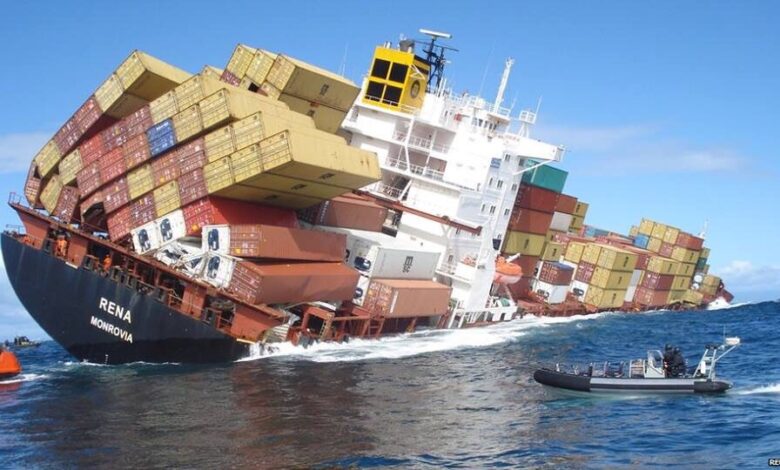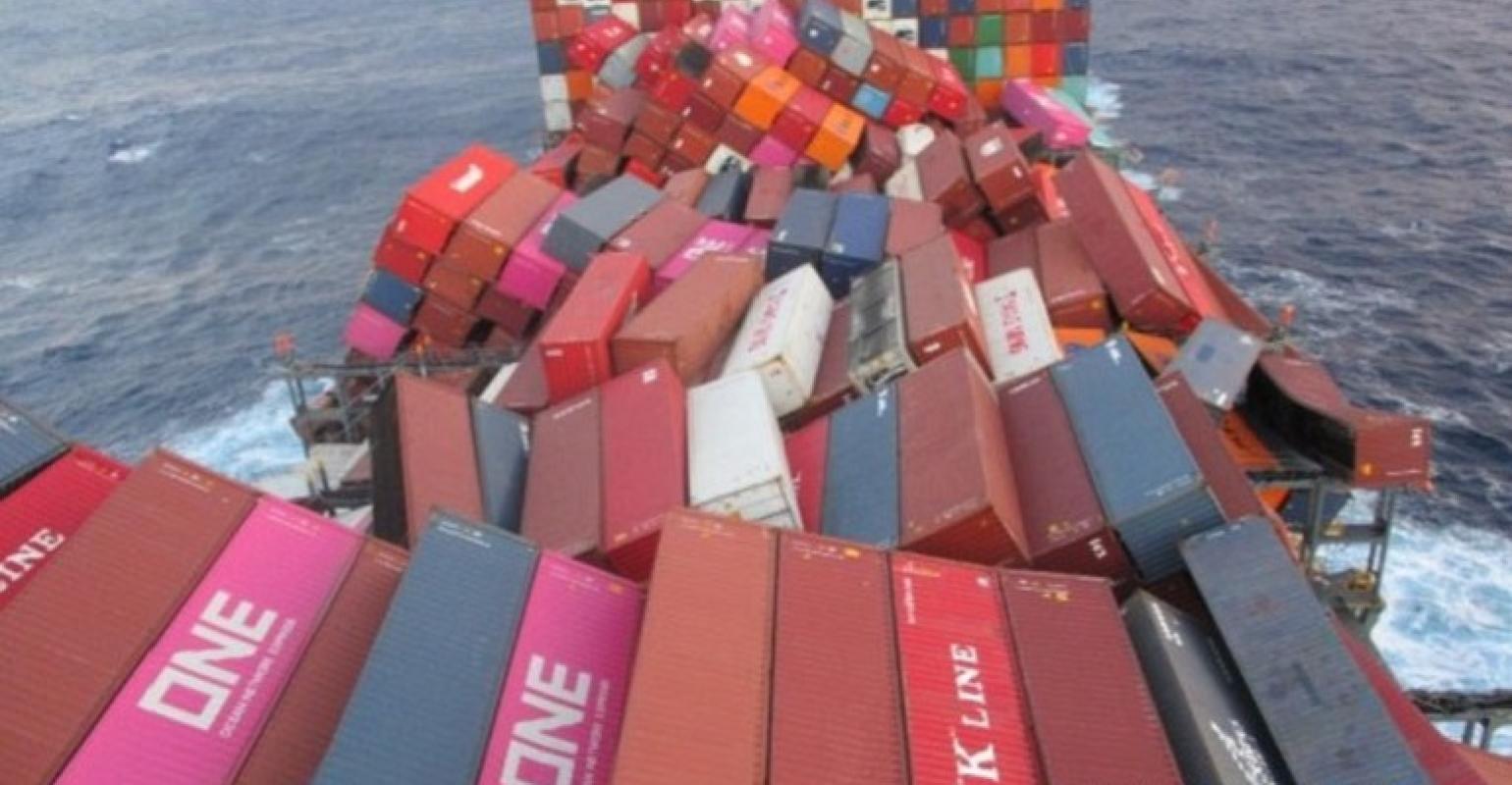On the oter side ,the International Convention for the Safety of Life at Sea (SOLAS) currently require single hold cargo ships of less than 80 meters (100 meters if constructed before 1 July 1998) to have a water level detection alarm. These ships are not required to undertake a damage stability assessment, which means there are no requirements to assess the effect of flooding of the cargo hold. Should damage occur and water starts to enter the hold, the crew need to be alerted to the situation so they can take appropriate mitigation action.
The sinking of “El Faro” on 1 October 2015 provide an example of why this is necessary, as the ship sank following flooding, with loss of all hands onboard. Recommendations from the accident report proposed that “new cargo vessels be equipped with bilge high-level alarms in all cargo holds that send audible and visible indication to a manned location.”
Hence, the MSC adopted new regulation, entering into force on 1 January 2024. The new provision is put forward in a new SOLAS regulation (II-1/25-1) which requires new multiple-hold cargo ships to be fitted with water level detectors in each cargo hold intended for cargo.
The water level detectors will give an audible and visual alarm at the navigation bridge when the water level reaches a hight of 0.3m above the bottom of the cargo hold, and again when the water level reaches a hight of 15% of the depth of the cargo hold.
If the ship is having bilge pumping arrangements (according to SOLAS II-1/35-1) this may be used as equivalent too, if positioned correctly in the cargo holds.
The new regulation harmonizes the requirements for bulk carriers and non-bulk carriers, and will not apply to tankers, liquid holds, and tanks entirely above the freeboard deck.
The MSC 103 also agreed to consequential amendments to the “Performance standards for water level detectors on bulk carriers and single hold cargo ships other than bulk carriers” (MSC.188(79)) to align with the new SOLAS requirements.


